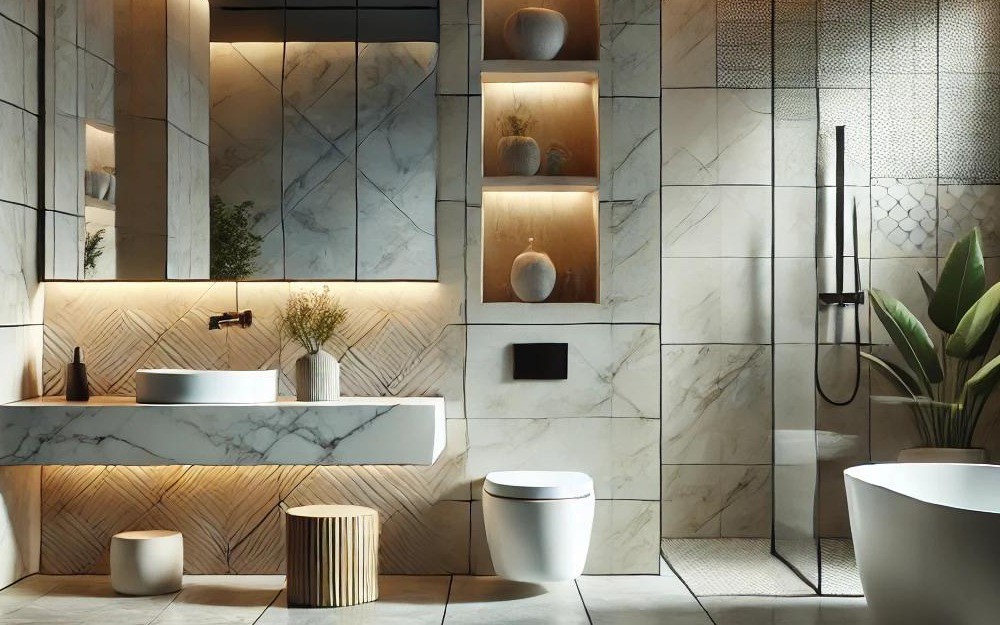Bathroom Design in Modern Living Spaces: A Blend of Functionality and Aesthetics

Bathroom Design in Modern Living Spaces: A Blend of Functionality and Aesthetics
In modern living spaces, bathrooms are no longer just places for cleanliness; they are designed as "personal spa" areas for users. In line with this concept, bathroom design has become a key element of spatial experience in upscale residential areas such as Bahçeşehir, Büyükçekmece Batı Mahal, Alkent, Ardıçlı, and Beylikdüzü West Marina. The user profile in these regions demands solutions that are not only functional but also have aesthetic and refined details.
Key Elements to Consider in Bathroom Design
When designing a bathroom, the following factors must be taken into account:
-
Space Optimization: In smaller bathrooms, compact solutions (such as built-in cabinets and wall-integrated toilet systems) should be preferred to avoid space loss.
-
Moisture and Water Insulation: Since bathrooms are the areas most exposed to water, all materials used in these spaces must be highly resistant to moisture.
-
Lighting: In bathrooms with limited natural light, layered lighting should be used around mirrors and in general areas.
-
Cleanability and Hygiene: The materials used should have antibacterial properties and be easy to clean.
Material and Brand Choices
The ceramic cladding used in bathroom surfaces plays a key role in determining the visual richness and hygiene standards of the space. Established brands like Ege Seramik and Vitra stand out due to their wide range of products and quality assurance. Ege Seramik, especially with its collections resembling natural stone and concrete, adds warmth and textural depth to modern bathrooms, while Vitra offers ideal solutions for contemporary living spaces with its antibacterial surface technologies and elegant lines.
For furniture and cabinet surfaces, lacquer coating provides both durability and aesthetics in humid environments like bathrooms. Mat lacquer finishes, recommended by local design offices such as Bahçeşehir Mimarlık Dekorasyon, are particularly suggested for small bathrooms to create a more spacious perception.
Regional Approaches and User Expectations
-
In Bahçeşehir and Alkent areas, users prefer bathrooms with timeless and minimalist lines that are functional yet elegant.
-
In newer residential areas such as Büyükçekmece Batı Mahal and Ardıçlı, designs that integrate modern touches and nature-inspired elements are striking. Wooden-look ceramics and warm tones are frequently used in these areas.
-
In coastal projects like Beylikdüzü West Marina, bathrooms designed with a sense of the sea are preferred, featuring blue-and-white tones, textured surfaces, and airy lighting. Bathrooms enriched with lacquer and ceramic combinations create a spa-like atmosphere.
Conclusion
In bathroom design, the integration of aesthetics, comfort, and hygiene has become a standard in contemporary architecture. Regional differences, user habits, and material technologies are essential elements that guide the design process. Bathroom projects developed under the guidance of expert teams like Bahçeşehir Mimarlık Dekorasyon are regarded not only as technical solutions but also as architectural products that give the space its unique identity.
